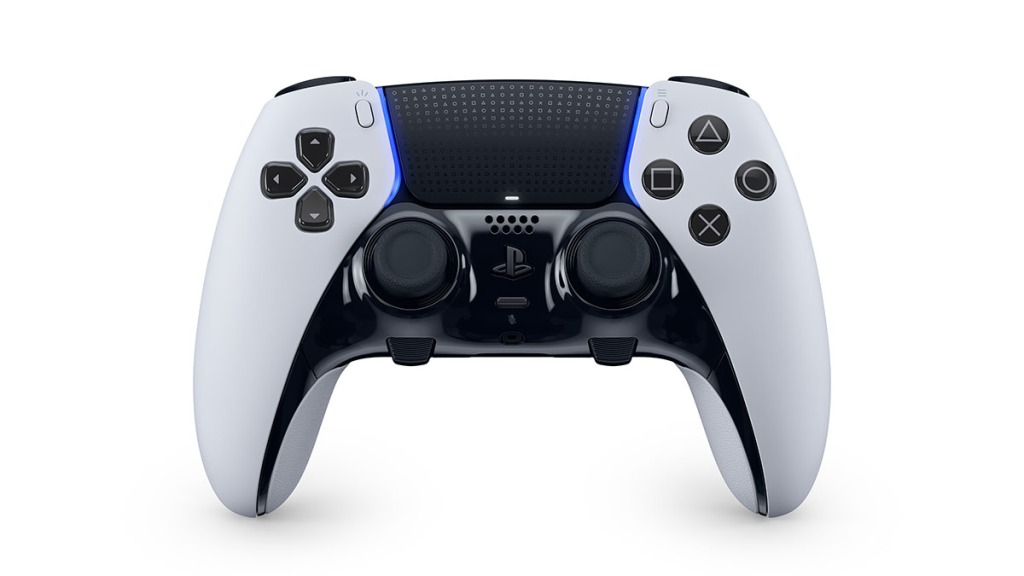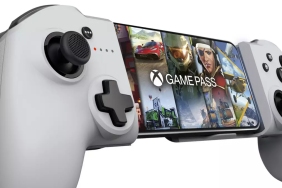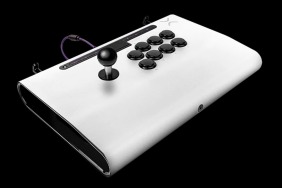Rumors of a first-party PlayStation pro controller have been making the rounds for the past few years. I thought we’d see one release for the PS4, but after it never materialized, I assumed Sony wasn’t interested. That’s why the announcement of the DualSense Edge took me by surprise.
I love the Xbox Elite controller, so I was excited to try out Sony’s take on a premium gamepad. The DualSense is fabulous, and I hoped that a pro version would take it to the next level and address some of the issues players have had with it. Unfortunately, while there’s no doubt that the DualSense Edge is a quality piece of kit, the high price and smaller battery make it a big ask from Sony.
Smooth Edge
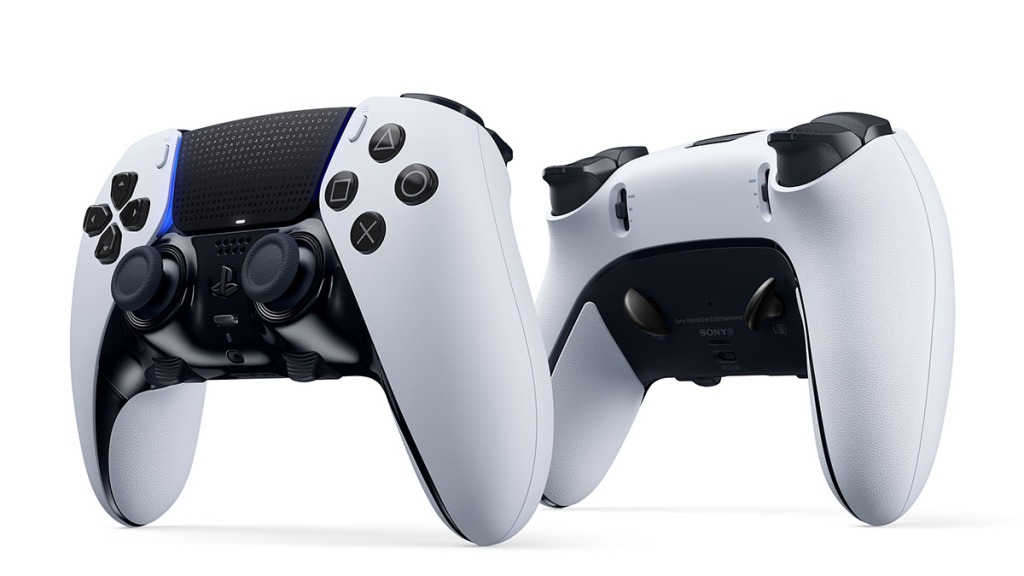
The regular DualSense already has a premium feel, so there’s only so much the DualSense Edge can do to build upon that. Unfortunately, my biggest gripe with the original PS5 controller, the battery life, is an even bigger issue with this pro gamepad.
The original DualSense lasts around 5-8 hours on a charge, depending on what game you’re playing. However, because Sony had to fit the additional features in the same chassis, the Edge has a smaller battery, and I only get around 4-6 hours from it. This was the one aspect that Sony needed to get right to make this controller a winner, and I was shocked to see it ignored the most common complaint customers have had about the DualSense since the PS5 was released.
Other aspects of its designs are much more positive. It’s heavier, and the build quality feels better. The rubberized grips provide a more solid hold, and the trackpad was slightly redesigned. It also feels more comfortable in hand. Lining it up with an original DualSense, I couldn’t tell the difference in form factor, but it seems like the Edge’s grips are ever so thinner.
Another significant change with the Edge is that the joysticks are removable. This is Sony’s solution to stick drift, and it’s not a bad idea. A latch on the bottom of the controller allows you to remove the face plate easily. Then, it’s just a matter of raising a metal bar to unlock the sticks, and they slide right out. While they’re out, you can switch between the high and low-profile heads that are included. Replacements are only $19.99 each, which is a much better proposition than replacing the whole controller. Since the sticks slide into a connector, I would like Sony to develop some custom modules for the controller (like a steering wheel for Gran Turismo), but no plans to do so have been announced yet.
A real pro
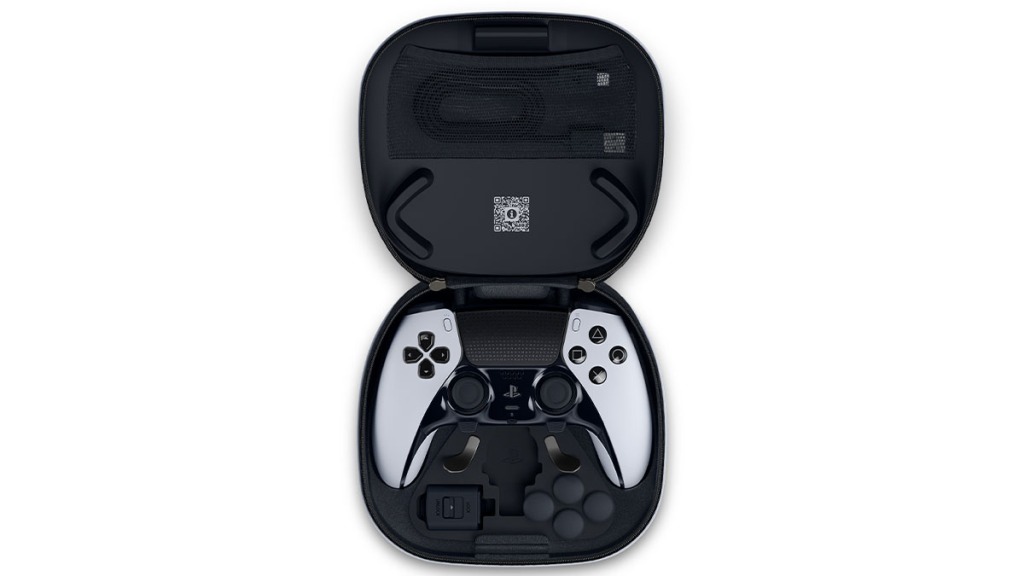
The big appeal of pro controllers is customization, and the Edge doesn’t disappoint there. When you connect it to your console, you unlock a unique menu that allows you to set up multiple profiles. You can reassign any button, set the dead zones for the analog sticks, and two rear paddles can be set to mirror any button as well. These paddles attach magnetically and are surprisingly sturdy. Since there’s no physical connector, they shouldn’t wear out over the controller’s lifespan.
Just below each stick, there’s a button you can hold down to access a pop-up menu in-game that allows you to switch between profiles. You can adjust chat volume and a few other key options here. Additionally, like on the Xbox Elite controller, the DualSense Edge has adjustable trigger stops. These are mostly useful with multiplayer games where an instant activation of the shoulder buttons is advantageous. However, many games use adaptive triggers, so you’ll have to choose between that feature and a smaller dead zone.
Breaking the bank
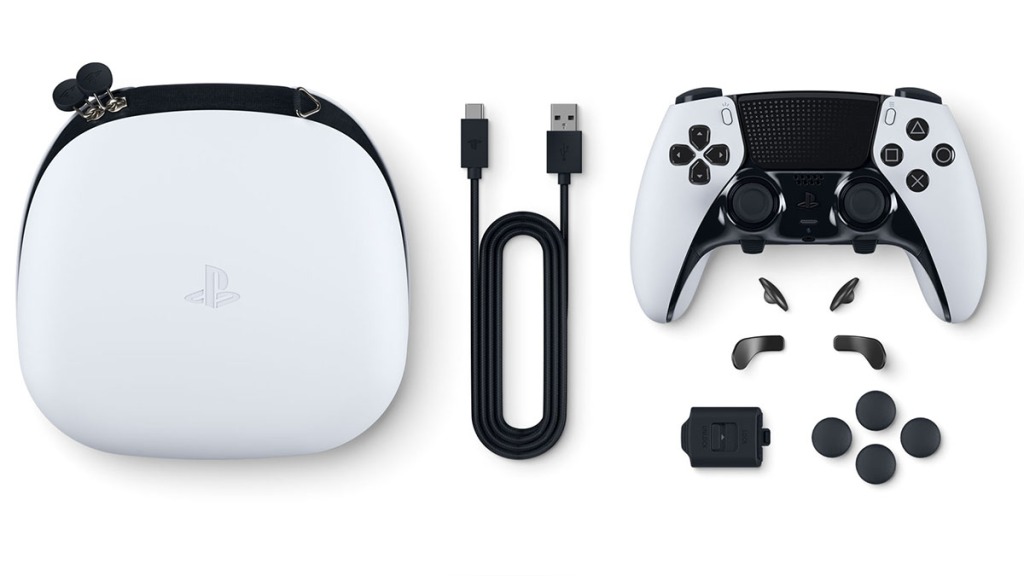
The DualSense is a great controller, so it’s hard to argue the DualSense Edge is $125 better. For $200, you get slightly more functionality, slightly better build quality, and a smaller battery.
The DualSense Edge would be a tempting purchase at $125. However, for its current MSRP, you could buy almost three regular DualSense controllers, which is ludicrous. There is no way that the DualSense Edge costs 2.7 times the materials and labor that the original controller does.
So, until the price comes down, I can’t recommend the DualSense Edge based on poor value alone.
DualSense Edge Review: Final Verdict
The DualSense Edge is a great controller, but that’s not because it’s a revolutionary change from the original DualSense. It’s because it builds upon Sony’s best controller yet. Unfortunately, it doesn’t address the DualSense’s number one shortcoming, the battery. For some reason, Sony ignored the most commonly voiced issue people had with the DualSense, and decided to go with an even smaller battery that gives less playtime between charges.
Unfortunately, the Edge isn’t a good deal at an MSRP of $200, and I hope Sony reevaluates that price point. The removable joysticks, back buttons, variable height triggers, and customizable profiles are all great features, but they’re not enough to make this controller worth 2.7x the price of the original DualSense.
Positives and Negatives
-
An even more refined version of the DualSense.
-
Plenty of customization options.
-
Almost 3 times the cost of a DualSense.
-
Worse battery life.
